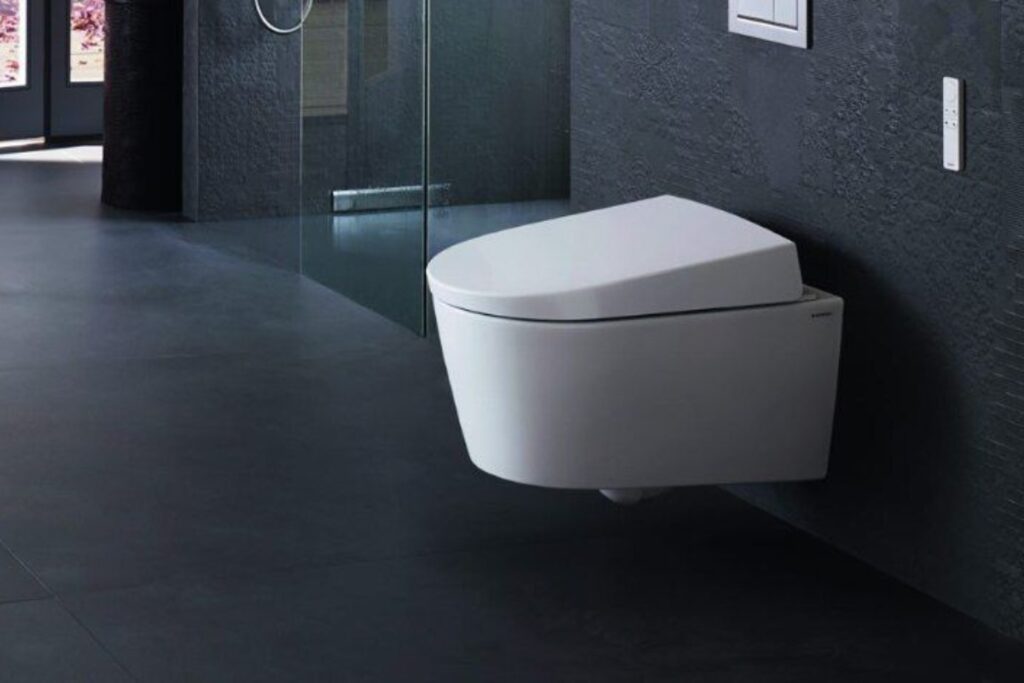Households could save £300 on water bills annually by reducing waste and thirsty appliances, and replacing an outdated toilet with a new and efficient one could save more than £100. The average home pays £473 in water bills a year; by 2030, many of these bills are expected to increase by over 50%.
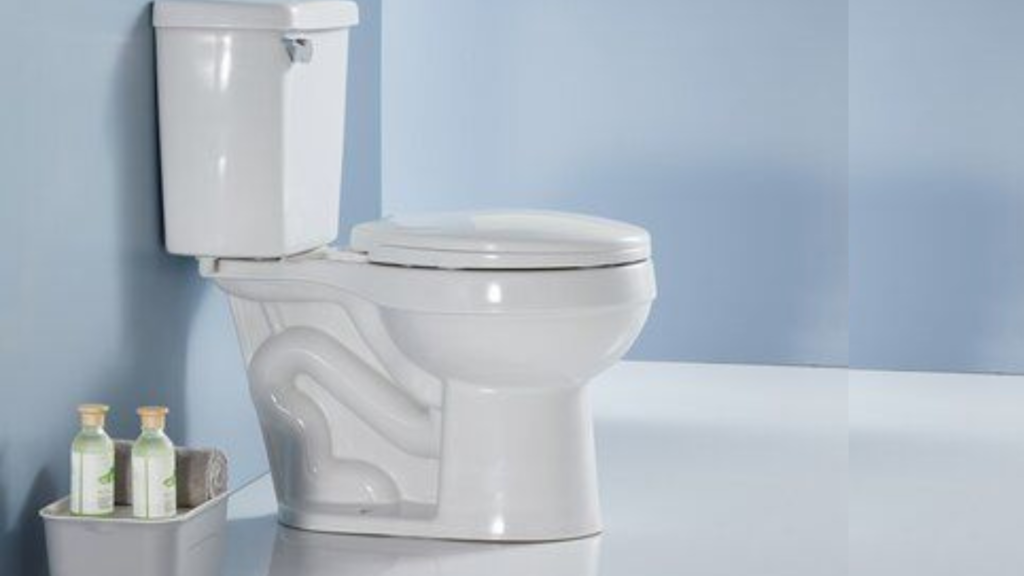
However, according to research by the Centre for Economics and Business Research on behalf of Kingfisher, the owner of B&Q, consumers who have water meters might be able to avoid the hikes by addressing water waste in the home.
The Cost of Upgrade
On average, most households use 68% of their water in the bathroom, 22% in the kitchen, and 10% in the garden and outdoors. According to the study, switching from a regular flush toilet to a dual flush one saves £109 per year on average. Toilets account for 22% of the water utilized in a home.
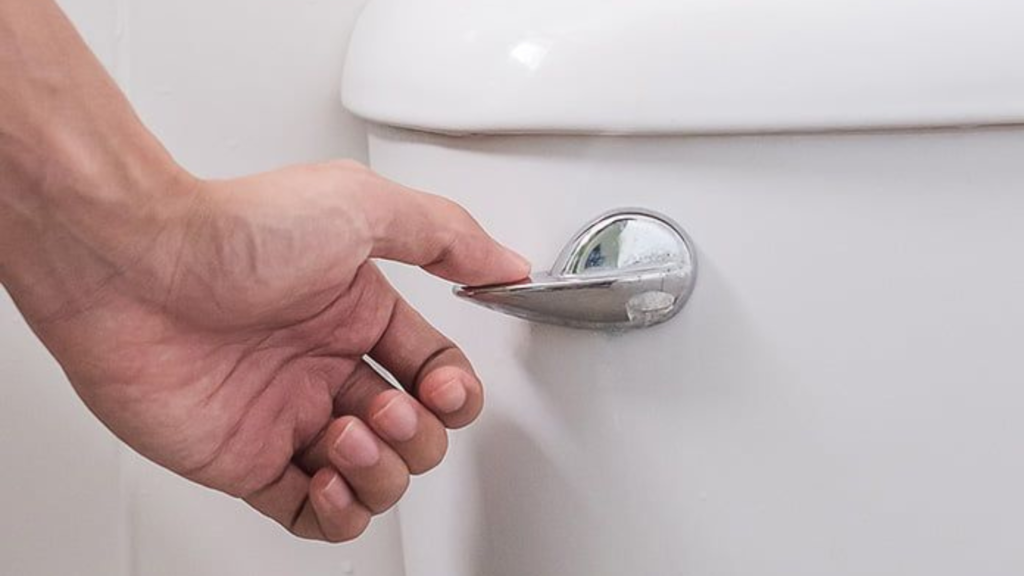
Dual flush toilets start at about £80, and installation usually costs between £100 and £300. A low-flow shower head saves the average home £94 annually, in addition to additional energy savings from heating less water. This could pay for itself in a few years.
How to Save Money on Energy
According to the CEBR, metered households—roughly 60% of all homes—may offset hikes in water bills scheduled to take effect in 2030 by adopting more energy-efficient practices.
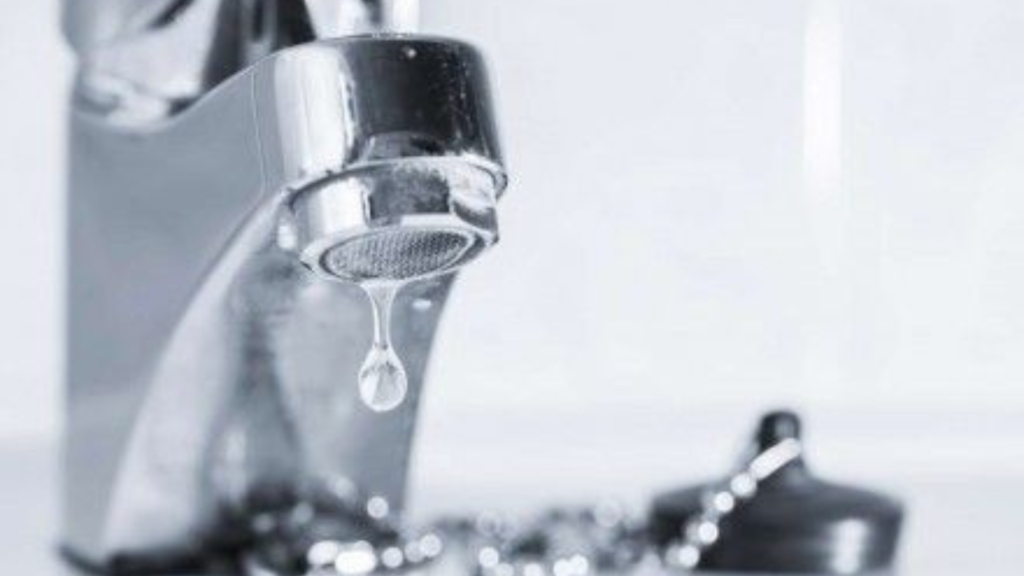
Bills for non-meter users are determined by the value of their property. According to a survey conducted among 3,000 adults, 72% of the population is concerned about the significant increases in water bills expected over the next five years.
Why are Water Bills Set to Rise?
Water companies have proposed to invest £96 billion in the UK water network, which includes the construction of ten new reservoirs, a 25% reduction in leakage, and the resolution of sewage disposal problems.

Higher taxes must cover the cost of these modifications. By 2025, the average household will pay an additional £7 a month, or £84 a year. By 2030, this will rise to an extra £13 a month, or £156 a year.
ALSO READ: Arizona State Senate Is About To Initiate a Stimulus Check for Senior Citizens
The Hidden Costs of an Old Toilet
While newer models use as little as 6 liters or less with dual-flush systems, older toilets, especially those manufactured before the 1990s, can use up to 13 liters of water for each flush. In a household of four, an average person flushes five times a day, or 7,300 flushes annually.
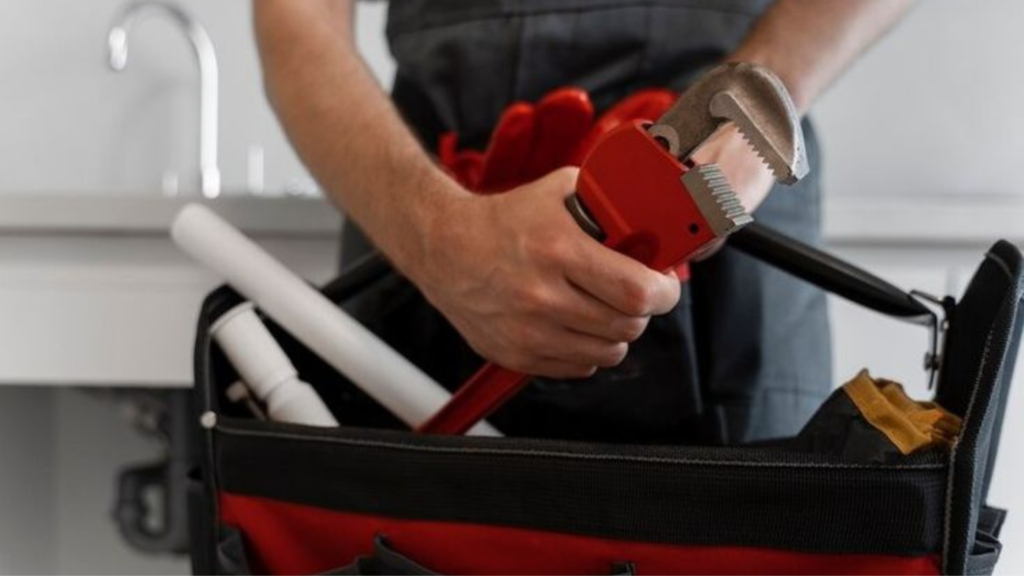
The annual water consumption of an old toilet would be 94,900 liters, whereas an efficient new toilet would only consume 43,800 liters. This significant reduction translates into incredible water and cost savings.
The Financial Breakdown
Water companies charge usage fees, which can easily add up. Here’s a breakdown: With an old toilet that uses 13 liters per flush, 7,300 flushes a year x 13 liters per flush is 94,900 liters annually. At 1,000 liters, or £2 per cubic meter on average, that comes to around £189.80 yearly.

With a new toilet that uses six liters per flush, the annual total for flushes would be 7,300 x 6 liters = 43,800 liters. At the same rate, that comes out to around £87.60 a year. That’s an annual difference of £102.20! The savings might be considerably higher if there are more toilets.
The Impact of Water Wastage
Not only can inefficient toilets cost money, but they also waste a valuable resource. One of the most frequent sources of water waste in homes is a leaky toilet. A gradual, undetected leak can lose up to 300 liters of water per day.
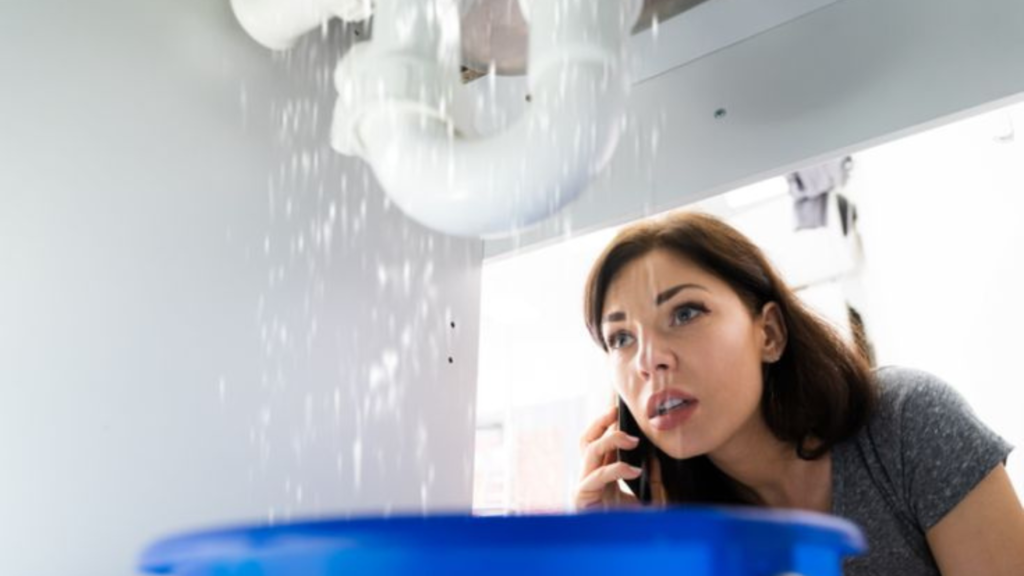
That comes to 109,500 liters over a year, or £219 at the average water rate. Consider literally flushing money down the toilet.
What to Look for When Investing in a New Toilet
When buying a new toilet, look for features that will save you money and water. With a capacity of around 3 to 6 liters, dual-flush toilets provide two flush options: a full flush for solid waste and a half flush for liquids.
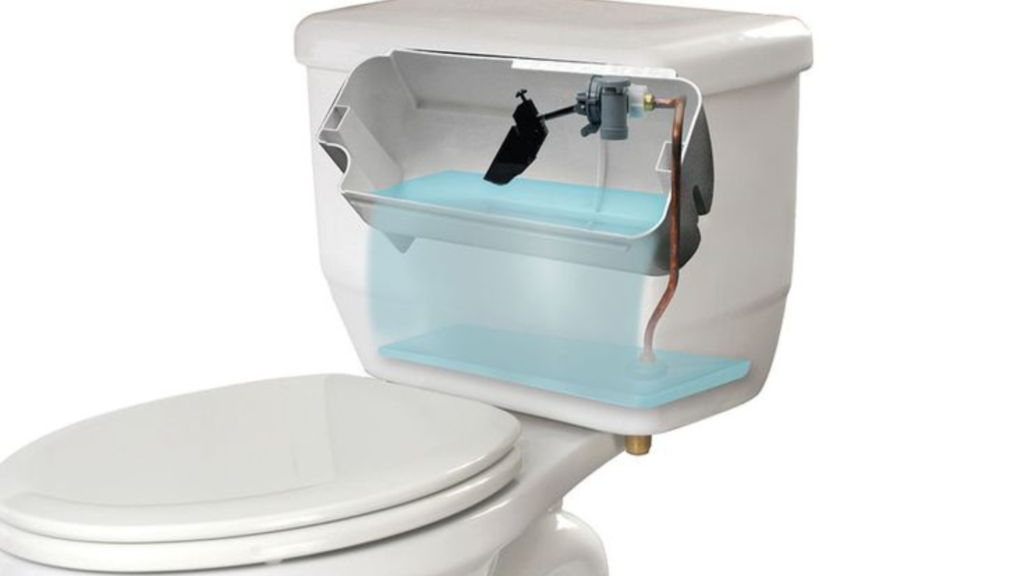
Certain High-Efficiency Toilets (HETs) consume as little as 4.8 liters of water per flush, which is up to 20% less than normal models. Pressure-assisted toilets use pressurized air for a strong flush, reducing water use and clogs. WaterSense labeled toilets will help you save 20% or more of water without sacrificing functionality.
Installation and Maintenance
Investing in a new toilet is only the first step in saving money over time; correct installation and upkeep are also crucial. Installing anything professionally helps avoid leaks and possible damage to the house. Routine maintenance is necessary to guarantee optimal performance.
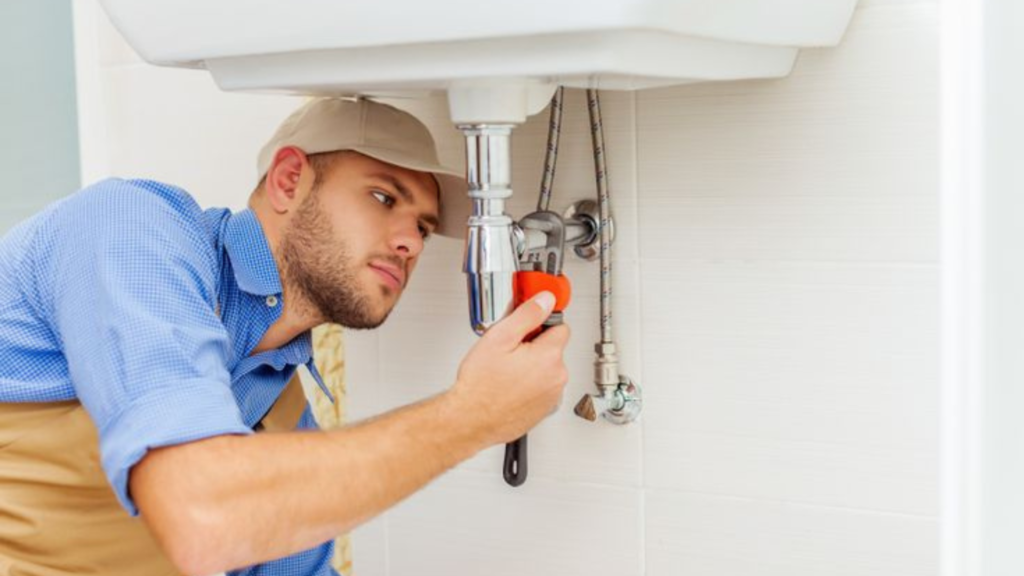
This includes monitoring for leaks and replacing old parts. If food coloring leaks into the bowl without flushing, it’s easy to find the leak. Just add food coloring to the tank and work on it right away. A little check like this can save money on bills and thousands of liters of water each year.
Environmental Impact
Upgrading to a more efficient toilet is cost-effective and environmentally beneficial. An efficient toilet can help households save thousands of gallons of water a year. The water savings are significant when millions of families make this change.
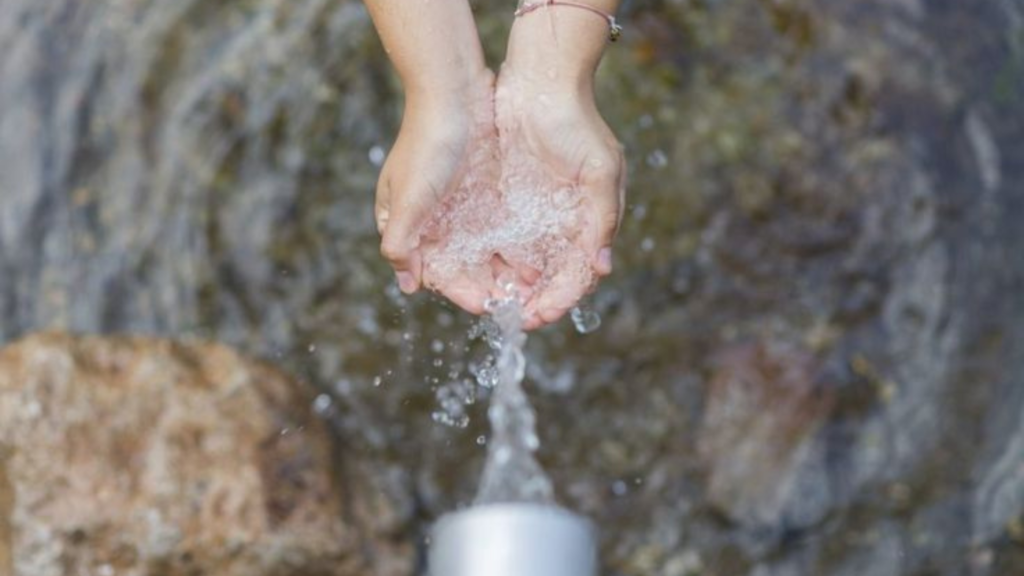
Given that water is a limited resource, sustainability requires conservation. Reducing water waste has a major beneficial effect on the environment by ensuring that water will be available for future generations.
The Trend Towards Efficiency
As water conservation becomes more widely recognized, more people are upgrading to energy-efficient fixtures. Government reimbursements for installing toilets with the WaterSense label are helping to encourage this change. A new initial expense is suggested.

According to new building codes, high-efficiency fixtures are also required in new construction and renovations. This trend toward efficiency, fueled by individual actions and regulatory measures to support sustainable water usage, represents a significant shift in the way we value and manage our resources.
The Cost of Inaction
Maintaining an old, inefficient toilet can be expensive since it requires more frequent repairs, higher water bills, and more water use, which has a negative impact on the environment. There are several long-term advantages to replacing your toilet, like decreased water bills, fewer maintenance expenses, and a cozier living area.
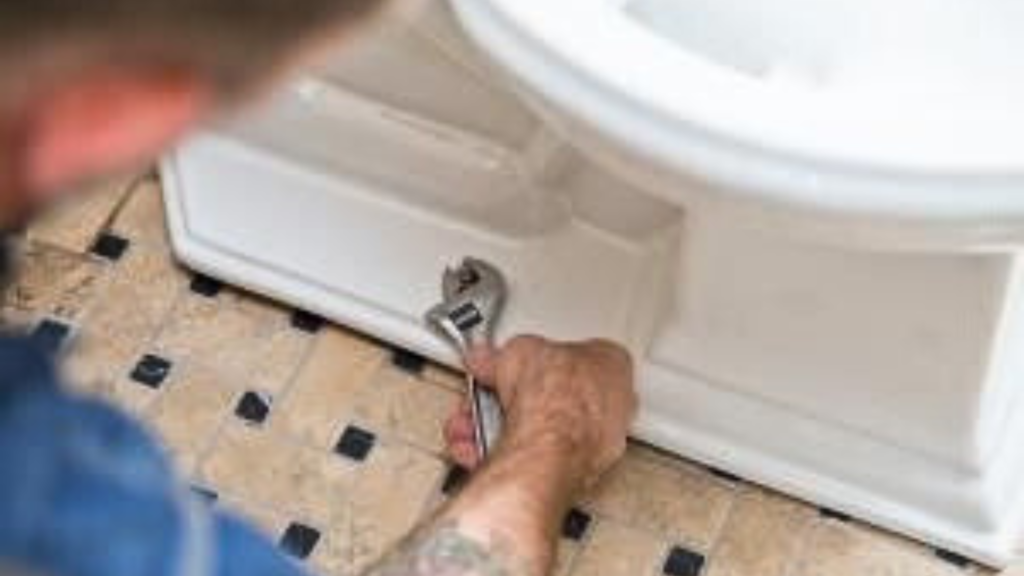
Upgrading is a wise decision for the environment and your finances because the initial expense soon pays off, and you’ll feel good about helping with water-saving initiatives.
You Might Also Like:
Is This Fair? Paying $70 for Extra Legroom While Others Get It for Free
US Officials Raise Alarm Over Fraudulent SNAP Transactions
Couple Forced To Sell Their $2 Million Dream House for Only $200,000
Chicago Man Fights Back As His Property Tax Jumped From $1,800 to $30,000 in 2024
A Family Hangs a Painting on Their Wall for Decades, Only To Discover It’s Worth Over $100K

